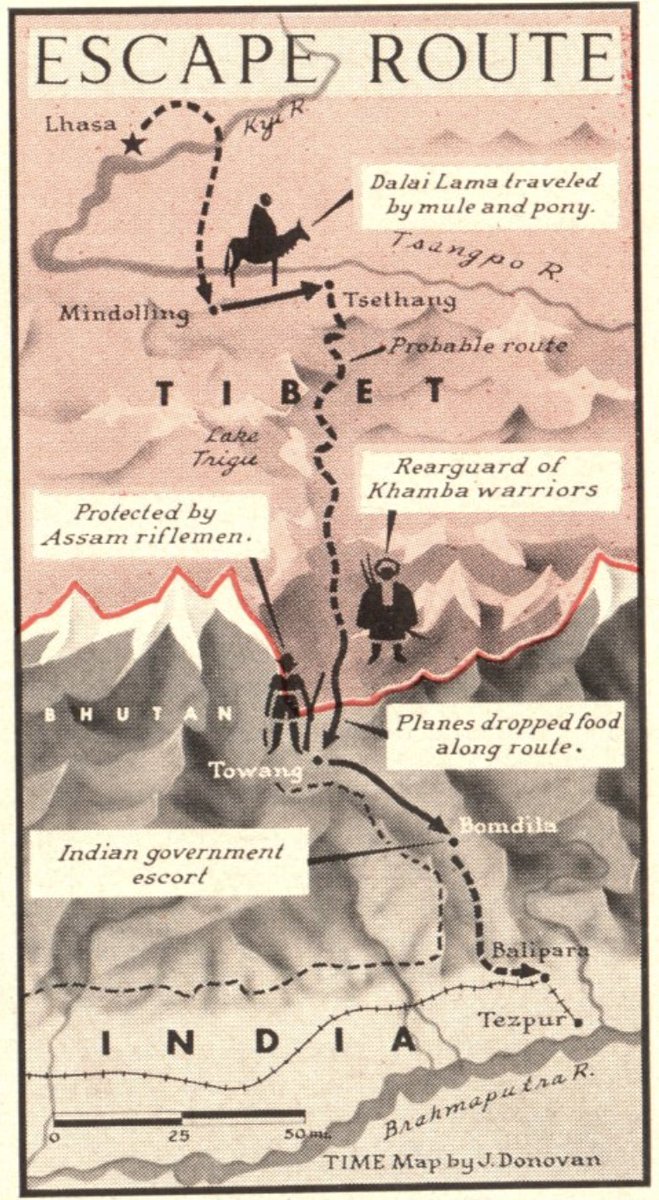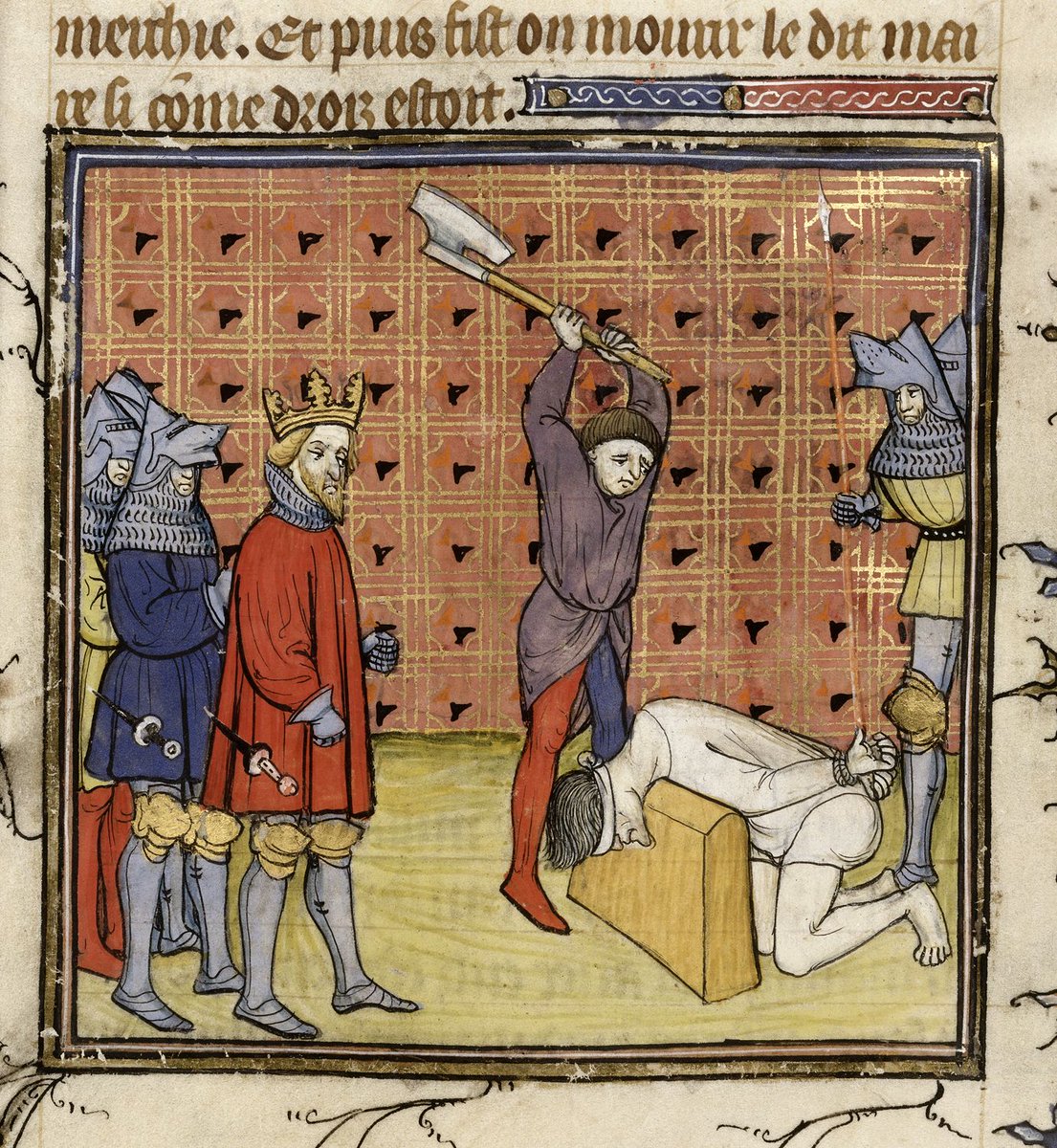
Thanks to #TweetHistorians for the chance to talk about some of my work on gender and medieval Islamic mysticism this week! Let’s jump right in with some choice words from a 10th-century woman mystic, who has the following to say about that elusive concept of ‘manliness’ 🧵 ~mq
"Ḥusayn b. Manṣūr Ḥallāj had a beautiful sister who claimed the rank of manhood on the Sufi way. Whenever she came to Baghdad, she covered half her face with a veil and left the other half unveiled. An eminent person saw her and asked, ‘Why don’t you veil your entire face?’ 

‘First show me a man so that I might veil my entire face,’ she replied. ‘There is only half a man in all Baghdad, and that’s Ḥusayn. If it weren’t for his sake, I wouldn’t even cover this half.’"
- From Najm al-Din Rāzi, Marmūzāt-i Asadī
- From Najm al-Din Rāzi, Marmūzāt-i Asadī
Ḥallāj's sister is breathing straight 🔥🔥🔥 here, but more importantly, she's just demonstrated for us a fundamental principle of Sufism (Islamic mysticism): The rank of ‘manhood' -- the station of spiritual mastery -- is a status not automatically conferred upon men.
Notes from Farid al-Din ‘Aṭṭār’s biography of the most famous woman Sufi mystic, Rābi’a al-‘Adawiyya, show us that other mystics felt ‘manhood’ was a rank attainable by women, too:
چون زن در راه خدای – تعالی – مرد باشد٬ او را زن نتوان گفت.
When a woman on the path of the Lord acts like a man, she cannot be called a woman.
(He means this as a compliment)
When a woman on the path of the Lord acts like a man, she cannot be called a woman.
(He means this as a compliment)
Some have taken this statement simply to refer to the Man (mard) as the ideal seeker on the Sufi Path. Of course, such a reading in itself contains a gendered comment about the ‘standard,’ unmarked nature of masculinity.
The back-handed ‘compliment’ does imply women are fundamentally lesser on the Path, but acknowledges the barrier of femaleness can be overcome by exceptional women.
At the same time, the words of 'Aṭṭār and Ḥallāj's sister redefine 'manhood' as a rank open to people of whatever gender, playing with the language of masculine and feminine and its unstable relationship to biological sex.
Anecdotes like these encapsulate a tension that runs throughout my sources (in Persian and Arabic, from roughly 1000 - 1500): Sufi principles wish to acknowledge the fundamental equality of all souls on their journey to the Divine. But real-life structures of inequality die hard.
When looking at gender in the premodern Middle East, it is tempting to assume we know what we will find: a blatant and unrelenting misogyny that is more disturbing than anything we would encounter in our enlightened age. Luckily, the picture is far more complex.
‘It is the futile struggle to hold meaning in place that makes gender such an interesting historical object,’ Joan Scott contends. Join me this week as we seek out the battlegrounds of that struggle in the medieval biographies of Sufi women.
Tweets this week by @mm_quay for a series called #ShowMeOneMan
• • •
Missing some Tweet in this thread? You can try to
force a refresh













